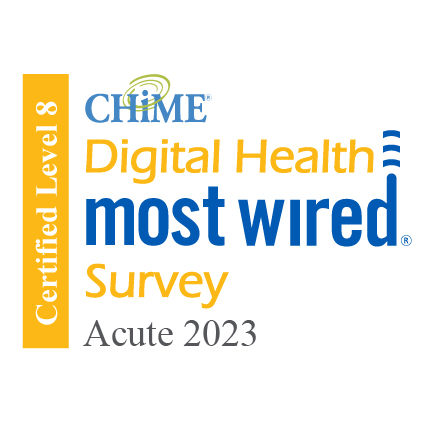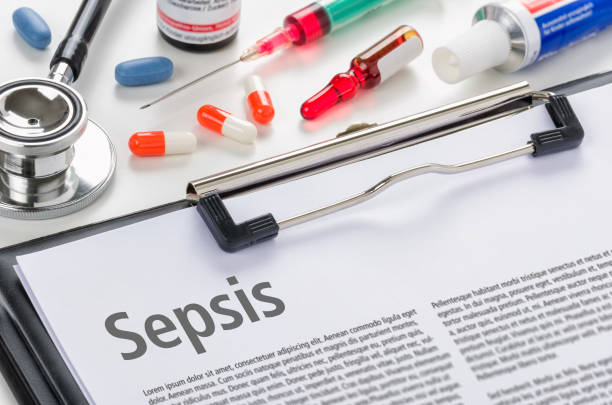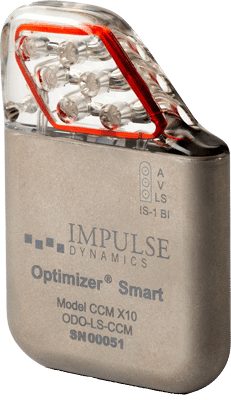Cheyenne Regional Medical Center Recognized for Preventing Hospital-Acquired Infections
May 6, 2015
Cheyenne, WY—Cheyenne Regional Medical Center (CRMC) has been recognized by Mountain-Pacific Quality Health and the Wyoming Infection Prevention Advisory Group for achieving excellence in infection prevention. The recognition was given during Mountain-Pacific’s Fifth Annual Infection Prevention Conference in Casper last month.
CRMC received an award for having no catheter-associated urinary tract infections (CAUTIs) in its Intensive Care Unit (ICU) in 2014. CRMC was also one of two Wyoming hospitals presented with a Merit award for its efforts to reduce healthcare-associated infections both within its system and across the state.
“We have worked very hard at integrating a robust daily multidisciplinary team approach to our patient care, and one of the many offshoots is the reduction in the CAUTI rate,” said Dr. Sodienye Tetenta, a pulmonologist and critical care specialist and the medical director of CRMC’s ICU. “This is very important as hospital-acquired infections are a major cause of morbidity and mortality. This is part and parcel of our daily pursuit of excellence in patient care.”
CRMC’s chief nursing officer and vice president of clinical services, Constance Schmidt, also praised the hospital’s ICU nurses for their work in eliminating CAUTIs: “Our ICU nurses are dedicated to providing the highest level of quality care to their patients each and every day, and that includes preventing hospital-acquired infections.”
According to the Centers for Disease Control and Prevention (CDC), urinary tract infections (UTIs) are one of the most common types of healthcare-associated infections reported to the National Healthcare Safety Network, the nation’s most widely used healthcare-associated infection tracking system. The CDC estimates that about 75 percent of UTIs acquired in a hospital are associated with the use of a urinary catheter, a tube inserted into the bladder through the urethra to drain urine. Nationally, about 15 to 25 percent of hospitalized patients receive urinary catheters during their hospital stay.
“One of the biggest risk factors for a patient developing a CAUTI is keeping a catheter in for too long,” said Erica Hanson, an infection preventionist at CRMC. “Based on this knowledge, we remove urinary catheters as soon as possible. Our hospital also follows other evidence-based practices that have been proven to prevent CAUTIs,” Hanson said.
CRMC has an Infection Prevention Committee that meets monthly to discuss surveillance data and best-practice updates and whether the hospital needs to make changes based on this information. The committee is a multidisciplinary group that includes physicians, clinical staff and hospital leaders. Nurses and other clinical staff providing direct patient care also meet daily to review cases in which patients have a urinary catheter—to determine if the catheter is still medically necessary.
“At every level in our hospital, we have made infection prevention a top priority,” said Margo Karsten, CRMC’s chief executive officer. “I would like to thank and recognize our infection preventionists, Erica Hanson and Heidi Gurov, and our ICU nurses and physicians for their hard work and diligence in helping us prevent hospital-acquired infections.”
Karsten also thanked Mountain-Pacific Quality Health officials “for recognizing Wyoming hospitals for their focus on preventing hospital-acquired infections.”
Most Wyoming hospitals are part of the Wyoming Healthcare-Associated Infection (HAI) Prevention Project. CRMC has been active in the project for several years.
The HAI Prevention Project shares evidence-based best practices and other resources with Wyoming hospitals and works with them to develop strategies for preventing and reducing HAIs.
Wyoming hospitals can also share knowledge and strategies through the HAI Prevention Learning and Action Network, which is a service of Mountain-Pacific.






